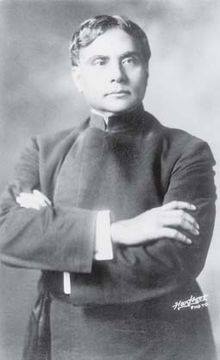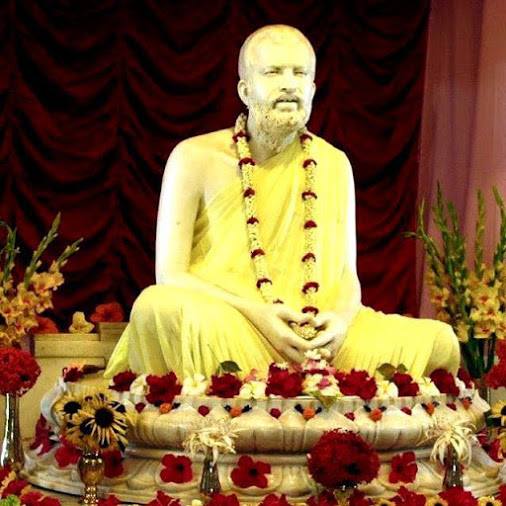WOMEN OF INDIA-3.
(Delivered at the Shakespeare Club House, in Pasadena, California, on January 18, 1900)
( For Recap -Read Part-1 & 2. )
THE LECTURE :- Continued from part-2.
Then, again, there is caste.
Each caste has become, as it were, a separate racial element.
If a man lives long enough in India, he will be able to tell from the features what caste a man belongs to.
Then, between castes, the manners and customs are different.
And all these castes are exclusive; that is to say, they would meet socially, but they would not eat or drink together, nor intermarry.
In those things they remain separate.
They would meet and be friends to each other, but there it would end.
Although I have more opportunity than many other men to know women in general, from my position and my occupation as a preacher, continuously travelling from one place to another and coming in contact with all grades of society —
(and women, even in northern India, where they do not appear before men, in many places would break this law for religion and would come to hear us preach and talk to us) —
still it would be hazardous on my part to assert that I know everything about the women of India.
So I will try to place before you the ideal.
In each nation, man or woman represents an ideal consciously or unconsciously being worked out.
The individual is the external expression of an ideal to be embodied.
The collection of such individuals is the nation, which also represents a great ideal; towards that it is moving.
And, therefore, it is rightly assumed that to understand a nation you must first understand its ideal, for each nation refuses to be judged by any other standard than its own.
Swami Vivekananda
To be continued ....
Sri Sarada Devi





Comments
Post a Comment